What is the Mailer Scorecard and More
Table of Contents
Starting October 1, the U.S. Postal Service will start actively counting any mistakes made by the mailpiece preparer when entering mail for Full-Service delivery – mistakes in address quality, barcode readability, and/or mail preparation — and in November, the first invoices will be mailed to eDoc submitter. BCC Software President Chris Lien shares his thoughts on what these regulatory changes mean for mail service providers.
What is the Mailer Scorecard?
The Mailer Scorecard is the U.S. Postal Service’s effort to assess the effectiveness of the mail preparation and whether or not you’ve earned the discounts that offset the costs for the Postal Service to handle it.
This Scorecard contains five major elements – Volume information, Full Service verifications, Move Update validation, Entry Point validations and eDoc/Nesting validations. The section where most errors can be seen is in the Full Service Verification section. Full Service Verification shows you errors specifically associated with your Full Service preparation.
Mailing service providers have known since the spring of 2015 that invoices might be headed their way. Some may have received sample invoices as the Postal Service has been working in this grace period to notify major offenders.
The Mailer Scorecard is the U.S. Postal Service’s effort to assess mail preparation and whether or not the sender earned the workshare discounts that offset the costs for the Postal Service to handle it.
Pre versus Post-Induction
Let’s break it down. The Postal Service is trying move into a post-induction validation world, or confirming postage discounts after the mail has entered processing.
Today, the Postal Service uses human beings and technology to validate that your mailing was prepared correctly before they formally accept it, or “pre-induction”. The individual presents the mail to an acceptance clerk or business mail entry unit, and that individual takes a sample of the mail pieces, looks at them, possibly run the pieces through MERLIN, and after that process, it’s scored on whether or not the mailing has been correctly prepared. This process is costly to the Postal Service. It slows down the mail entry process and the customer experience, quite frankly, is not the best.
The Postal Service is trying to make it easier for the mailing industry to enter mail into its system, and is relying heavily on the technological advances we’ve made in the form of the Intelligent Mail Barcode (IMB®) and the data mailers are sending, the Mail.dat.
In a post-induction world, mailpieces are already going over scanners reading the IMB to make an assessment after the mail has been processed. With electronic documentation and the full service IMB, the Postal Service feels confident that they can, through data and verification as mail is being processed on their equipment, determine after the fact whether the preparer has accurately prepared the mail.
This new, post-induction approach reduces costs for the Postal Service and improves the customer experience.
Cause for Concerns
What happens if the mail was not prepared correctly? Today, the clerk looks at it and immediately gives the acceptability feedback to the service providers. Mailers are given the option to either pay the difference or fix and re-submit the mailpieces. Mailers cannot do that in a post-induction world. The mail has already been accepted and in fact, may already have been delivered. Since the piece is no longer in the hands of the Postal Service, they have no way of showing mailers the preparation errors.
These changes certainly present some angst for the mailing industry. The person that will be held responsible for the deficit in postage will be the eDoc submitter. That could be the mailing service provider and not the mail owner. There’s the potential that the mail list owner could be invoiced, which possibility could create a very awkward situation for the service provider.
“The scorecard is the assessment; the invoice is the reality.”
The assessment, or invoice, is going to reflect the cumulative discrepancies on mail preparation, barcode readability, or address quality in a calendar month. This presents another frustration on the part of the mailer. In other words, the Scorecard reflects activity over a period of a month – not activity by job processed. The charges could reflect different mailings for different mail owners, all cumulated together. The mail service provider has to unravel a knot of deficits to try and understand where the assessments stem from.
‘Who Tipped the Cart?’
There’s a tolerance level allotted to each mailing. In today’s mail acceptance process, called sample-based verification, the Postal Service samples mailpiece addresses against the national Change of Address Link (NCOALink®) database to test for errors. Today, with sample-based verification, the tolerance is 30 percent.
However, with the October change, the tolerance will also change. The tolerance will vary based on the type of mail. Once a mailer has surpassed the tolerance level, the assessment will kick in. A mailer will now have to determine where in the month the preparation errors happened.
How Can We Help?
These are all the challenges currently going on and being talked about, and no one has really figured it out in terms of the best approach is. Each mailing service provider is going to have to make a determination of what is right for their business. It’s a complicated process.
BCC Software offers services that mail service providers can leverage to preserve the discounts they have been enjoying. Learn more about how to prepare for the impending changes by registering for our free webinar “Rock Your Scorecard”. In this hour-long presentation, you’ll learn from industry experts on how they’ve prepared for the October Mail Entry Roadmap changes, and tips for how your business can to. Visit bccsoftware.com/scorecard for more information and to register.



